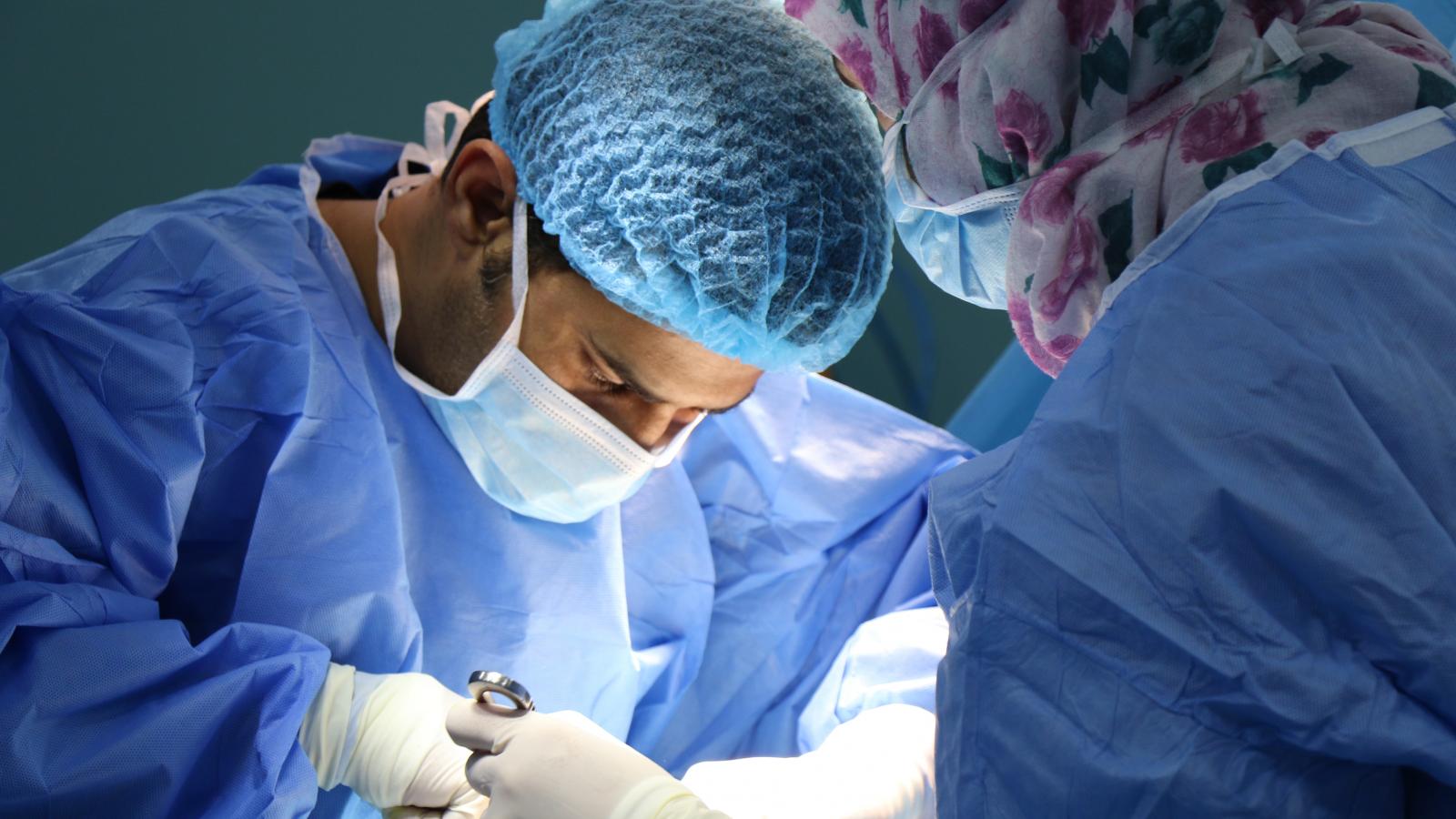Surgery for ovarian cancer

Extent of your surgery
To achieve the best outcome for you, surgery aims to remove all visible cancer. This can mean that the surgery required can be extensive. Along with removing the ovaries and womb, there may be a need to operate on:
• The bowel, which sits directly behind the ovaries
• The lining of the abdominal wall, called the peritoneum
• Around the organs at the top of your abdomen.
The type of surgery you have will depend on the type of tumour, the size of the tumour, if the cancer has spread to other tissues and organs. Sometimes your surgeon may only find out this information during the operation. Your consultant and specialist nurse will explain this to you. Ask any questions you have about possible options and what the surgery will mean for you.
Types of surgery
Laparotomy
Laparotomy is an operation to let your surgeon look inside your abdomen.
The surgeon will carefully examine the organs and tissues, and biopsies (tissue samples) are taken. If the samples are tested during surgery and cancer is found, the surgeon may continue with surgery to remove as much of the cancer as possible. Your surgeon will discuss this with you before your laparotomy. They will only continue with additional surgery if you have given permission (consent) before your laparotomy.
In most cases, surgery will involve a total hysterectomy and bilateral salpingo-oopherectomy (see below). If the biopsy samples are tested after the laparotomy, you may have a separate surgery to remove the cancer.
Hysterectomy and bilateral salpingo-oophorectomy
This is an operation where your two ovaries, fallopian tubes and womb (uterus) are removed. If the cancer has spread, your surgeon may need to operate on other organs in the abdomen to remove all the cancer. Commonly the omentum is removed. The omentum is a fatty tissue that surrounds your stomach.
Removing cancer in the abdomen in this way is known as cyto-reductive surgery. Your surgeon may also take samples from other tissues, such as lymph glands, to see if the cancer has spread further.
Colostomy
Sometimes if the tumour has spread to your bowel, a small piece of bowel may be removed and the two cut ends joined back together.
In some cases, it is not possible to join up the bowel again. Instead, the bowel is brought out onto the surface of your tummy (abdomen) through an opening (stoma) made in your skin. This is called a colostomy. Your bowel motions (poo) will come out through the stoma, so you will need to wear a bag over the opening to collect them.
A colostomy can be temporary or permanent. If it is temporary, the bowel can be rejoined inside at a later stage.
In most hospitals there are specially trained nurses called stoma care nurses who will teach you how to care for your colostomy. You may also find it helpful to talk to someone who has had the same operation. They can give you first-hand advice and tips on how to care for your stoma in an easy and practical way. You are not alone – there are thousands of people in Ireland living with a stoma. There are also specially trained people and support groups that can help you at this time. Talk to your doctor or nurse about them. You can also contact our Support Line on 1800 200 700 or visit a Daffodil Centre for more information. Read more information on stomas.
For more information
Phone
1800 200 700



